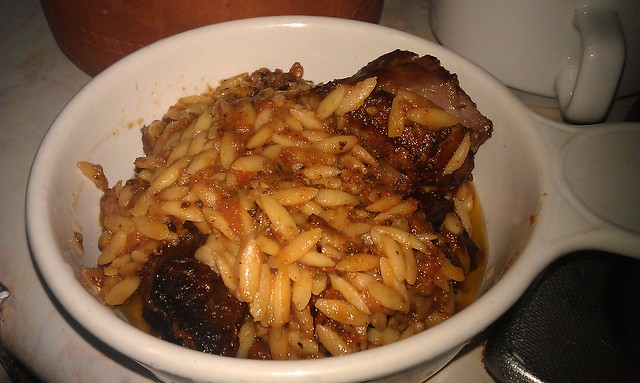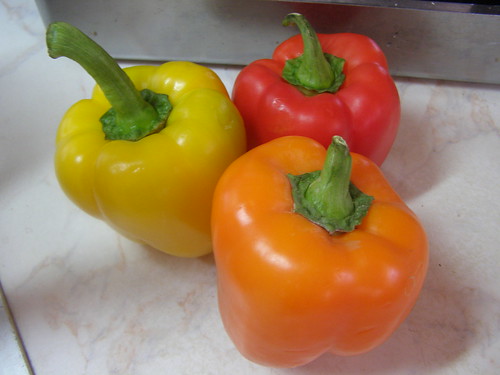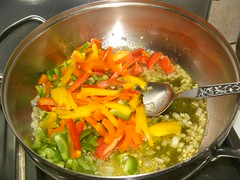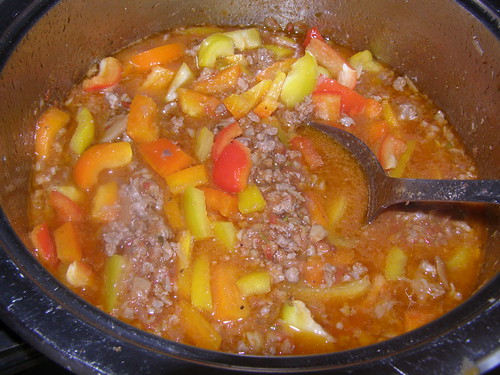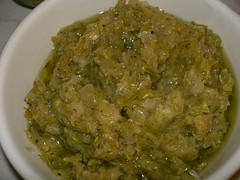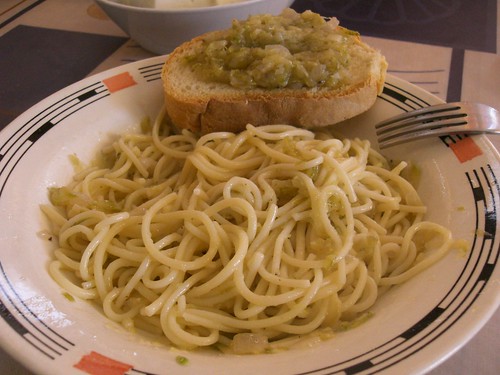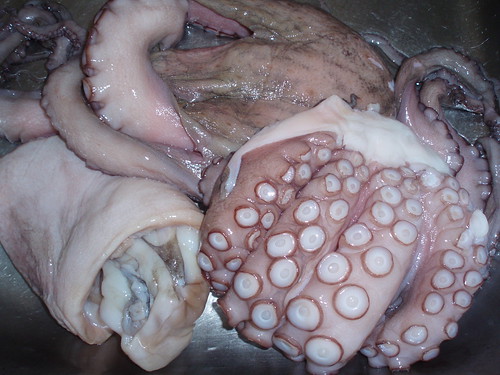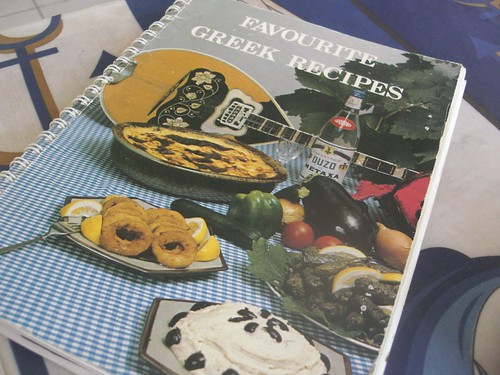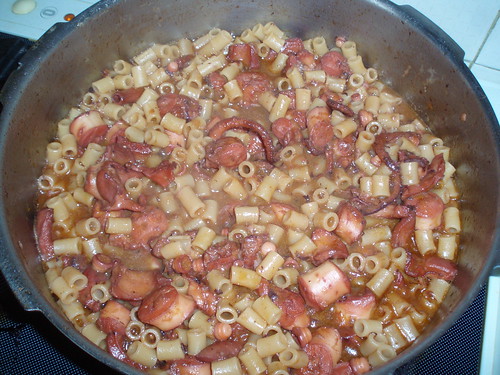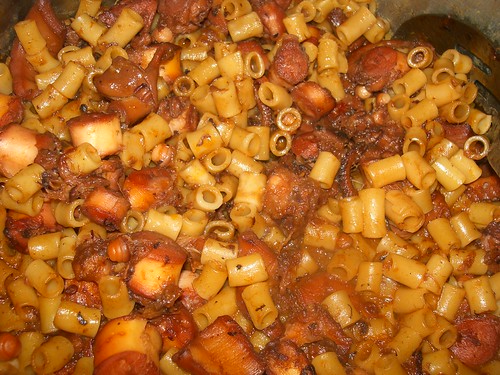The simplest photo can have the power to cause the most unexpected surprise. Last night, I put up this photo on my blog:

There's nothing special about this meal, except perhaps that the peas were picked and shelled an hour before I cooked them. (There would have been more peas, but they were quite tasty in their fresh state - I ate my share as I was shelling them.) But this photo caused a little bit of a riot. My facebook followers fell in love with it - I imagine they were trying to pick out one of the peas straight from the screen! My kids loved this meal so much, that I think I should immortalise it, despite it's unplanned nature and its sheer simplicity. It's also a good lenten recipe for the Holy Week that we find ourselves in.
You need:
a large cup (or two) of freshly shelled peas
5-6 tablespoons of extra virgin olive oil
an onion, chopped roughly
2 cloves of garlic, chopped finely
1-2 teaspoons of tomato paste
250g orzo rice pasta (half a packet - it is usually sold in 500g packs)
salt and pepper
Heat the oil, add the onion and garlic and cook till translucent on medium heat. Add the peas and stir them in to coat in oil. Do the same with the orzo. Now add the tomato paste and pour in 2-3 cups of water. Add some salt and pepper. Keep stirring over medium-high heat until the water is absorbed and the pasta is cooked. This is very important because orzo tends to stick to the bottom of the pan if left unattended. You may need to add more water. At any rate, the water will be absorbed by the pasta.
Once the pasta is cooked (it only needs about 10-15 minutes), let it stand to settle and absorb more of the liquids. It can be served both warm and cold (it goes well with yoghurt), and if you have the time and inclination, you can add other vegetables to it like cubed carrot and/or corn kernels.
©All Rights Reserved/Organically cooked. No part of this blog may be reproduced and/or copied by any means without prior consent from Maria Verivaki.

There's nothing special about this meal, except perhaps that the peas were picked and shelled an hour before I cooked them. (There would have been more peas, but they were quite tasty in their fresh state - I ate my share as I was shelling them.) But this photo caused a little bit of a riot. My facebook followers fell in love with it - I imagine they were trying to pick out one of the peas straight from the screen! My kids loved this meal so much, that I think I should immortalise it, despite it's unplanned nature and its sheer simplicity. It's also a good lenten recipe for the Holy Week that we find ourselves in.
You need:
a large cup (or two) of freshly shelled peas
5-6 tablespoons of extra virgin olive oil
an onion, chopped roughly
2 cloves of garlic, chopped finely
1-2 teaspoons of tomato paste
250g orzo rice pasta (half a packet - it is usually sold in 500g packs)
salt and pepper
Heat the oil, add the onion and garlic and cook till translucent on medium heat. Add the peas and stir them in to coat in oil. Do the same with the orzo. Now add the tomato paste and pour in 2-3 cups of water. Add some salt and pepper. Keep stirring over medium-high heat until the water is absorbed and the pasta is cooked. This is very important because orzo tends to stick to the bottom of the pan if left unattended. You may need to add more water. At any rate, the water will be absorbed by the pasta.
Once the pasta is cooked (it only needs about 10-15 minutes), let it stand to settle and absorb more of the liquids. It can be served both warm and cold (it goes well with yoghurt), and if you have the time and inclination, you can add other vegetables to it like cubed carrot and/or corn kernels.
©All Rights Reserved/Organically cooked. No part of this blog may be reproduced and/or copied by any means without prior consent from Maria Verivaki.







































